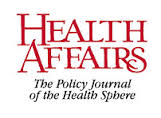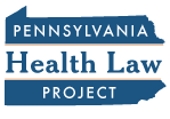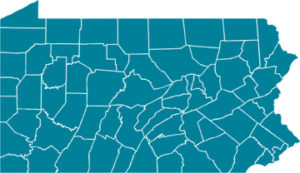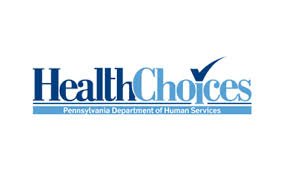GAO Examines Medicaid Section 1115 Waivers
The U.S. Department of Health and Human Services (HHS) frequently exercises the authority granted to it under section 1115 of the Social Security Act to authorize Medicaid expenditures for uses not strictly permitted under that law if those uses extend Medicaid coverage to populations not already served by Medicaid or promote Medicaid objectives.
Pennsylvania’s Medicaid program has long taken advantage of section 1115 waivers.
At the request of the chairmen of the Senate Finance Committee and the House Energy and Commerce Committee, the U.S. Government Accountability Office (GAO) examined recently approved section 1115 waivers to evaluate whether those waivers met the criteria for the exemptions and whether the documents HHS issues when approving those waiver requests adequately convey what the approved expenditures are for and how they will promote Medicaid’s objectives.
 As part of its investigation, GAO reviewed waiver requests from 25 states covering 150 programs and found that HHS lacked formal, written criteria for waivers and suggested that the agency more clearly express, in its approval documents, the objectives it expects programs to achieve in return for their exemption from some federal Medicaid requirements.
As part of its investigation, GAO reviewed waiver requests from 25 states covering 150 programs and found that HHS lacked formal, written criteria for waivers and suggested that the agency more clearly express, in its approval documents, the objectives it expects programs to achieve in return for their exemption from some federal Medicaid requirements.
For a closer look at the study and its findings, see the report Medicaid Demonstrations: Approval Criteria and Documentation Need to Show How Spending Furthers Medicaid Objectives here, on the GAO web site.






